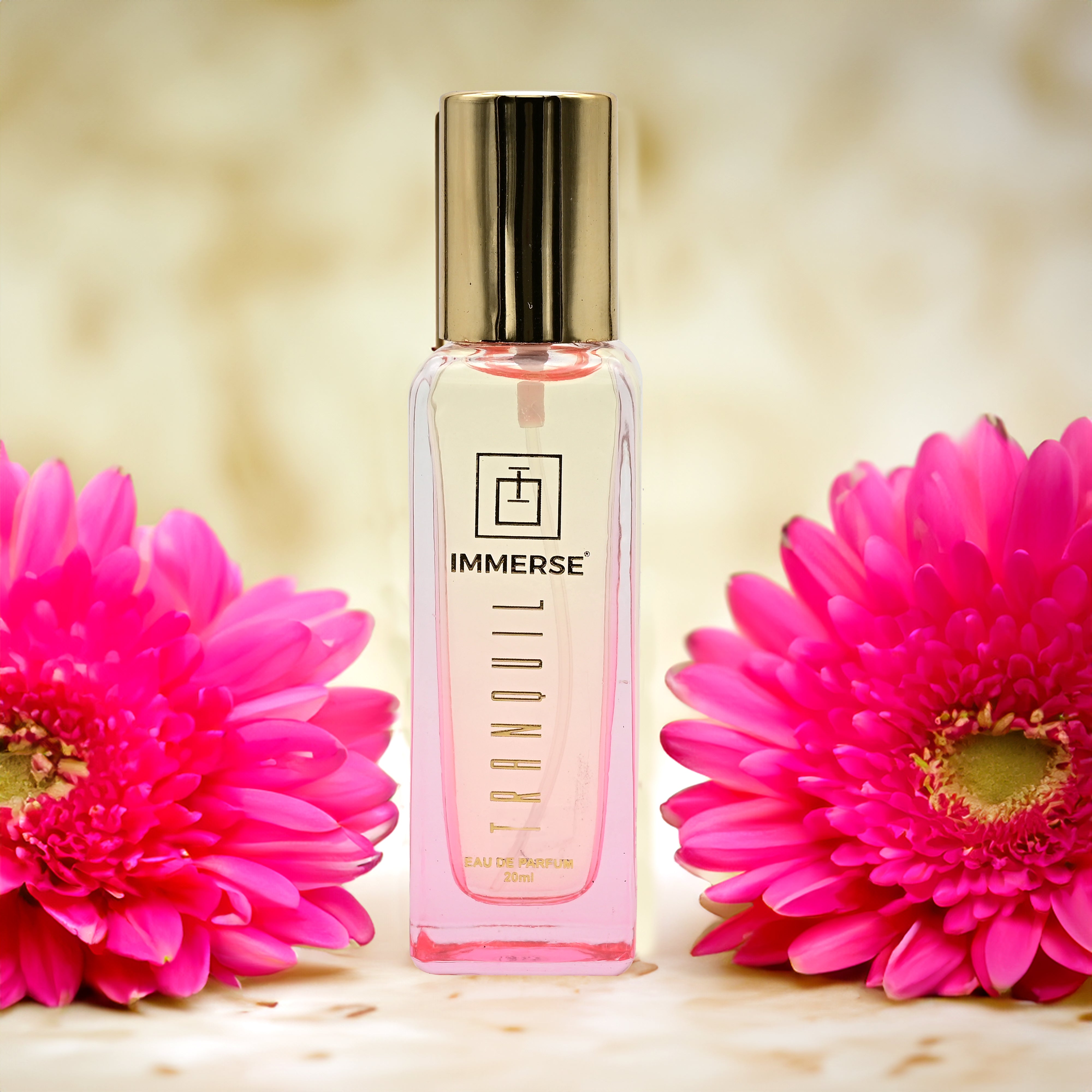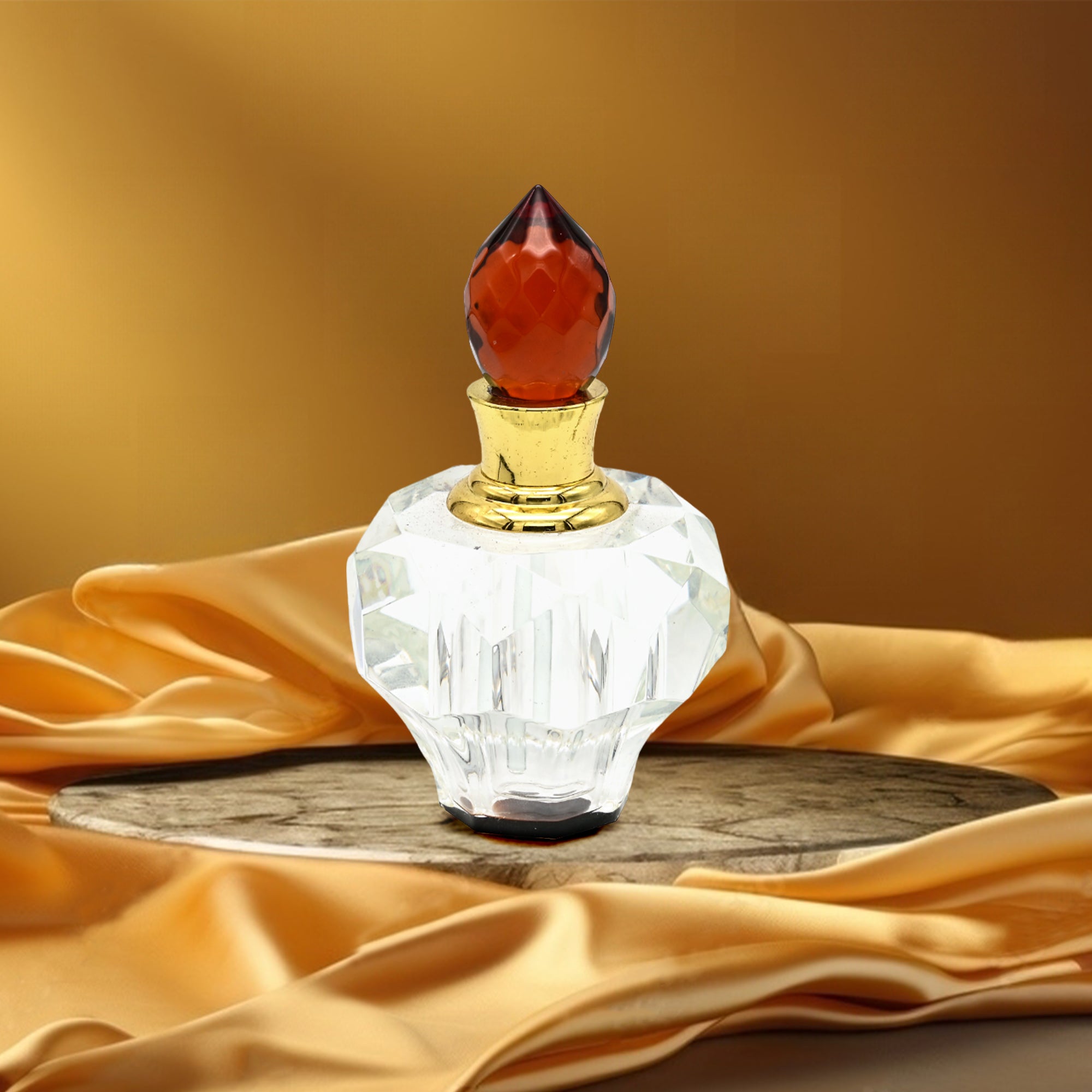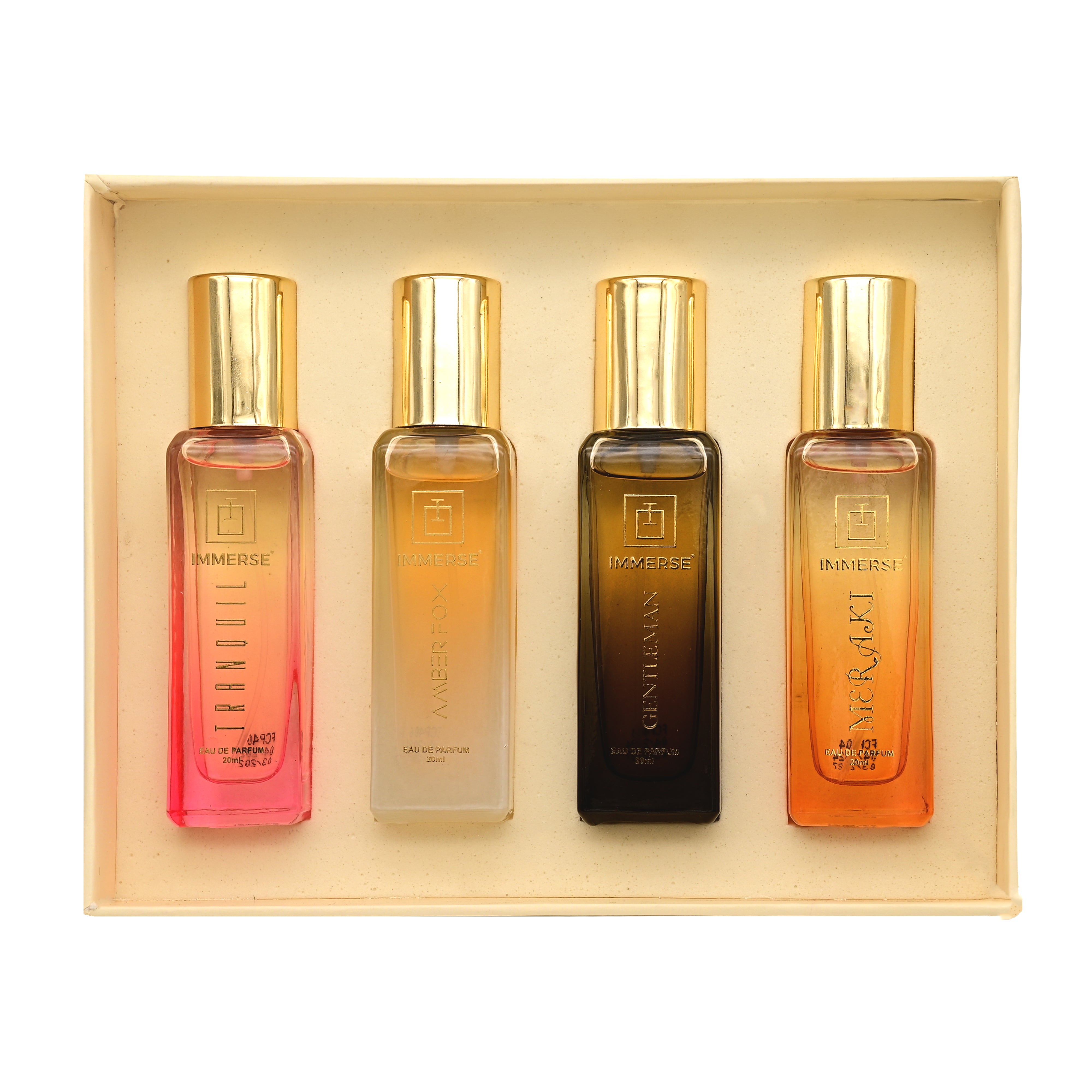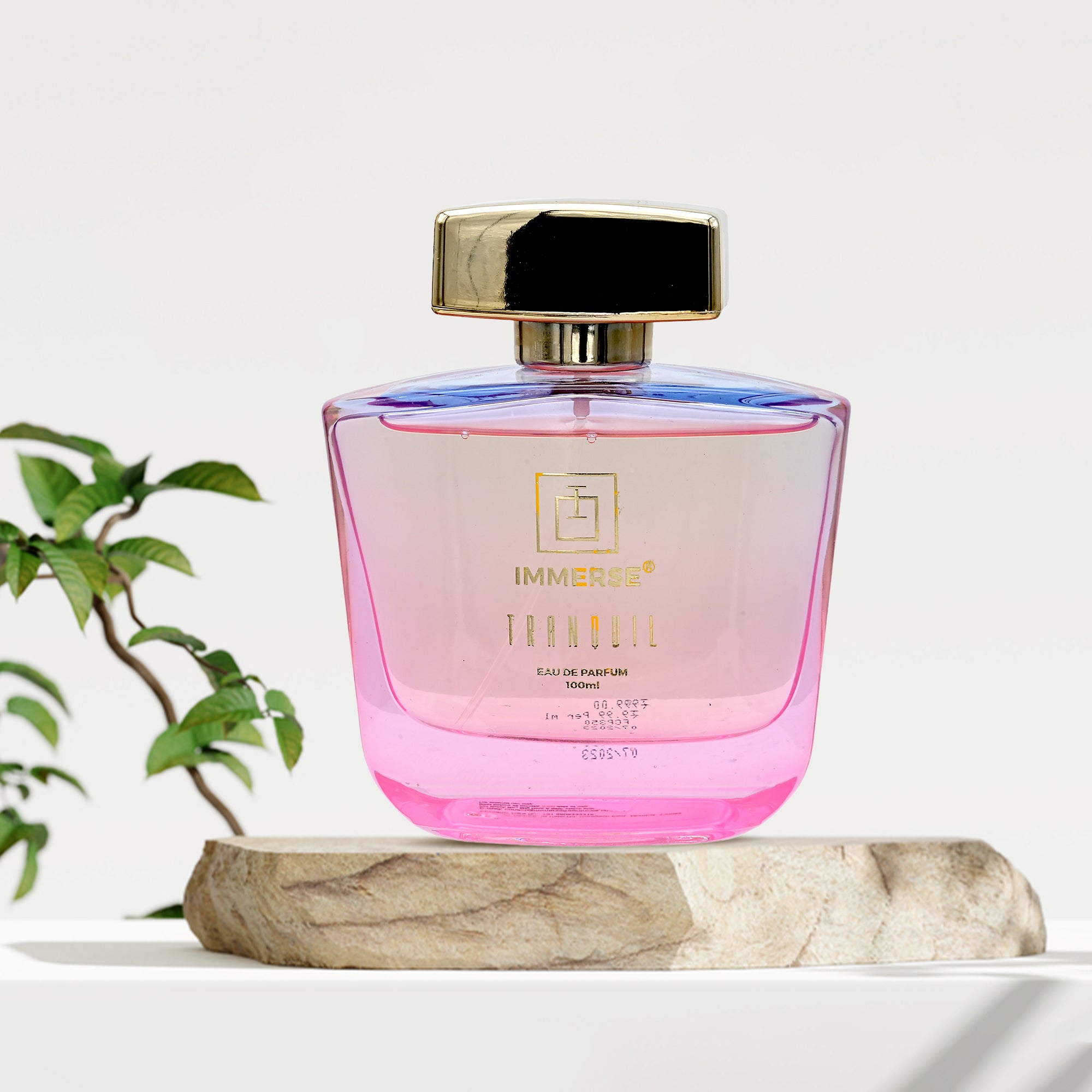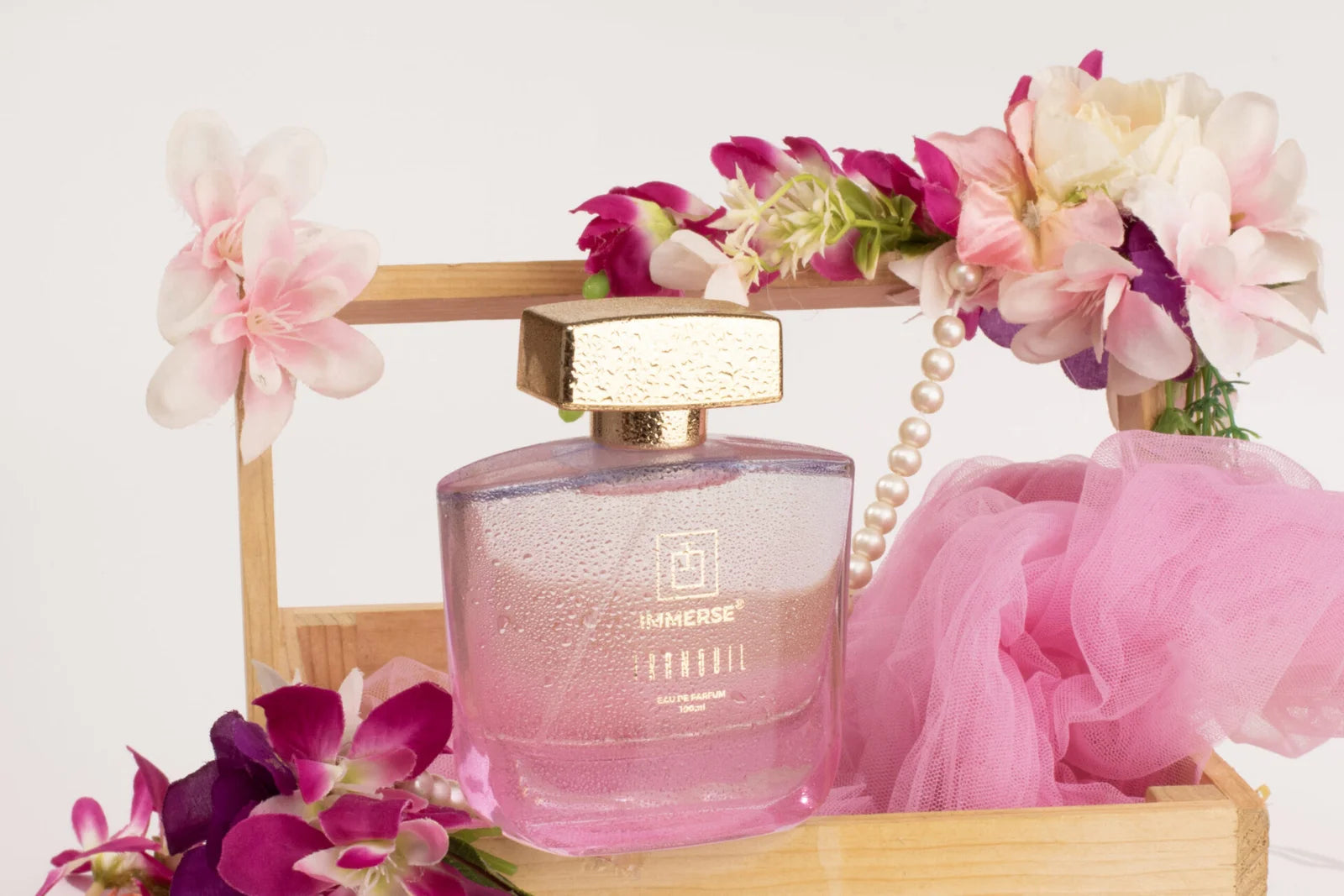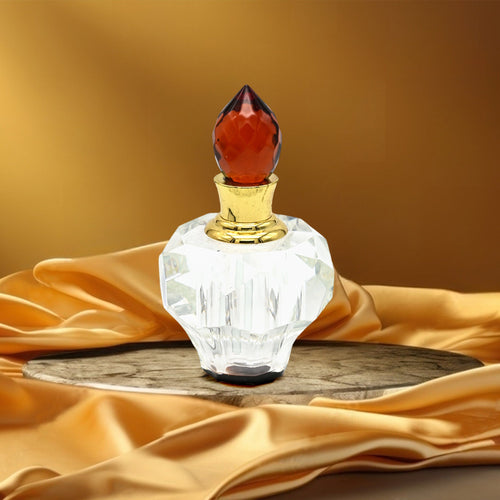
Perfumery is an art form that has been around for centuries. The art of creating fragrances is fascinating and complex, involving a deep understanding of the science of scent. Perfumers are artists who use their noses as their primary tool to create a masterpiece that tells a story. Understanding the chemistry of scent and how it interacts with the human body is crucial to creating a beautiful and effective perfume. In this blog post, we will dive into the art of perfumery, exploring the science of scent and its impact on the human body. We will learn about the different types of fragrances, their ingredients, and how they are created. We will also discuss the psychology of perfume, exploring how it can influence our moods and emotions. Whether people are fragrance enthusiasts or curious learners, this blog post will comprehensively introduce perfumery.
Fragrance oils are derived from various chemical compositions, including natural, synthetic, or combination. Natural fragrance oils are extracted from botanical sources, including flowers, leaves, and woods, while synthetic oils are created in a laboratory. Essential oils, on the other hand, are extracted through various methods, such as steam distillation, cold pressing, or solvent extraction. Each method yields a unique chemical composition contributing to the fragrance’s overall scent profile. When creating a fragrance, it is important to consider the role of top, middle, and base notes. Top notes are the initial scents that are perceived upon application and typically last for the first 15-30 minutes. Middle notes are the fragrance’s heart and give it its character, lasting several hours after application. Base notes are the fragrance’s foundation and provide depth and longevity, remaining on the skin for several hours to days. Fragrance designers can create complex and long-lasting scents by carefully selecting and blending these notes.
In conclusion, understanding the science of scent is a fascinating journey into the world of perfumery. While it may be tempting to believe that creating the perfect fragrance is simply a matter of mixing a few essential oils, it is clear that the process is far more complex. The art of perfumery requires a deep understanding of the chemical properties of each ingredient and the subtle nuances that can be achieved through careful blending. While it may seem daunting, with patience, skill, and a small quantity of luck, anyone can create a fragrance that captivates the senses.


